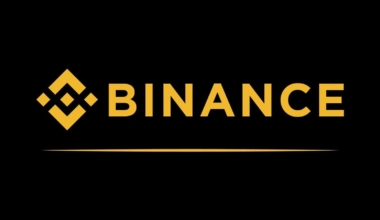Binance, the leading crypto exchange, is facing further regulatory challenges as it continues its exit from European countries.
In the latest development, Binance has reportedly withdrawn its license application in Austria, adding to the list of nations where the exchange has faced regulatory hurdles.
The move comes in the wake of Binance’s recent exit from the Netherlands and the folding of its unit in Cyprus.
Alongside its European troubles, Binance is also dealing with regulatory issues in the United States, Canada, and Australia. Let’s delve into the details of Binance’s ongoing regulatory woes.
According to a report by Finance FWD, Binance withdrew its license application from Austria some time ago. The exchange has remained tight-lipped about the specifics of the withdrawal, declining to provide further details.
Binance’s focus in Europe is now centered on ensuring compliance with the requirements of the upcoming Markets in Crypto Assets (MiCA) regulations, set to be implemented by the end of next year.
The withdrawal from Austria follows Binance’s recent departure from the Netherlands, where the exchange failed to secure a license.
Additionally, Binance’s unit in Cyprus also folded recently. These exits are part of a broader trend of Binance facing regulatory challenges and exiting various European countries, impacting its presence and operations in the region.
Binance’s regulatory challenges extend beyond Europe. In the United States, Binance and its CEO Changpeng ‘CZ’ Zhao faced a lawsuit filed by the Securities and Exchange Commission (SEC) alleging the sale of unregistered securities and commingling of customer funds.
Binance vehemently denied mishandling user funds and deemed the SEC suit unjustified. Binance also closed down its Canadian operations in May due to regulatory restrictions on stablecoin use.
In Australia, the Australian Securities and Investments Commission (ASIC) revoked Binance Australia’s derivatives license in April, and the exchange suspended select Australian dollar deposits for PayID transfers.



